Alternative financing models may be the solution for addressing the slow uptake by small- and medium-sized building owners in the retrofit market, which make up the vast majority of Canada’s existing building stock.
“What really defines the fabric of the Canadian economy (is) small- and medium-sized organizations and we’re seeing stalls, hesitation, uncertainty, no movement and no commitment (from that sector),” said Tonya Lagrasta, head of environmental, social and governance with Colliers, at the Canada Green Building Council’s Building Lasting Change conference.
As opposed to large building owners who generally have stronger financial flexibility to take on retrofits, mid-size owners are more risk averse.
Daniel Herscovitch, development manager with Bird ��������ion’s Bird Capital, said the retrofit market for small- and medium-sized buildings was booming in recent years but has slowed down due to rising inflation rates.
“We’ve seen interest rates go from zero per cent to five per cent or so and that’s really hindered a lot of these financial feasibility studies for small- and medium-sized building owners,” Herscovitch said.
But the reality is there are alternative financing models as opposed to the traditional design-bid-build model that are accessible and affordable for mid-sized building owners. Herscovitch said they just aren’t aware of those options ― yet.
Companies such as Bird Capital and SOFIAC have new models where they handle most or the entirety of a retrofit project themselves and provide the financing necessary to get the job done before any grants are needed.
Stuart Galloway, executive vice-president with SOFIAC, said his company has locked in one per cent financing on $500 million with the Canada Infrastructure Bank in order to fund decarbonization projects.
He said his company’s model circumvents many of the traditional fears owners have when considering the financial implications of retrofits.
“We do it in such a way that the client never ever has to pay for anything and, quite the opposite, they actually take a 20 per cent return that goes positive cash flow back into their pocket,” Galloway said.
“What is important is the debt service coverage ratio. We have structured that in such a way that if you could borrow $100 today to do a project, you can do it tomorrow,” he said.
In fact, Deloitte has started promoting the company’s model as: “Other people’s money, other people’s people, and other people’s risk.”
“And that is the intention. We de-risk it for the client. We’ve taken all the different models and crashed them together to make it very easy for a client to say, ‘Yes.’
“So, whether that’s your client or whether you are the client, we can now have patient capital, so over 10-year investment, subordinated and we do full turnkey.”
But one of the problems SOFIAC has found is that all of this sounds too good to be true and owners aren’t acting.
“We’re making it too easy almost it seems. People spend the next six months thinking, ‘Where’s the catch?’” he said with a laugh.
James Burrow, director of sustainable finance with the Bank of Montreal, said one way owners can more easily secure financing for retrofits is through the completion of a little known program called the Investor Ready Energy Efficiency certification, also known as IREE.
“What it does is it shows a retrofit project is doing baselining to a high standard, is doing emissions reduction forecasting to a high standard, has a measurement and verification plan in place afterwards and that the scope of work is being developed robustly,” Burrow said.
“It allows financial institutions and private capital to crowd around a single standard that allows that capital to be credited at scale.”
He said that for any building owner awareness of IREE is key, but it is not well known across the country at this point.
“We’re kind of finding ourselves in the situation as a bank where we’re having to educate our clients about IREE, which is not really what we want to be doing.”
Galloway said one of the biggest barriers for mid-sized retrofits is what he calls “paralysis by analysis,” when owners spend unnecessary time and money on studies or waiting for grants to get approved before any meaningful work begins.
With the SOFIAC model, the company takes care of all aspects of a project and finances it themselves so that government grants and applications can be done parallel to the actual retrofit work.
He provided an example as to how paralysis by analysis can cost owners more than if they had acted sooner. He said his company recently worked with a client who delayed action because they had commissioned a $600,000 study on the viability of a retrofit, a study SOFIAC would have done themselves for free.
“So, we said, ‘OK, how much are you paying in carbon tax?’ ‘$2 million,’ they said. So we said, ‘Then your carbon study is not costing you $600,000, it’s costing you $2.6 million, because while you are doing the study you’re not actually doing anything,’” said Galloway.
“I think trying to remove that barrier of waiting for money to fall into your lap or the ‘let’s do another study’ mindset (is important). If we can actually combine that with the work we’re doing then we’re actually making a difference in the retrofit market.”


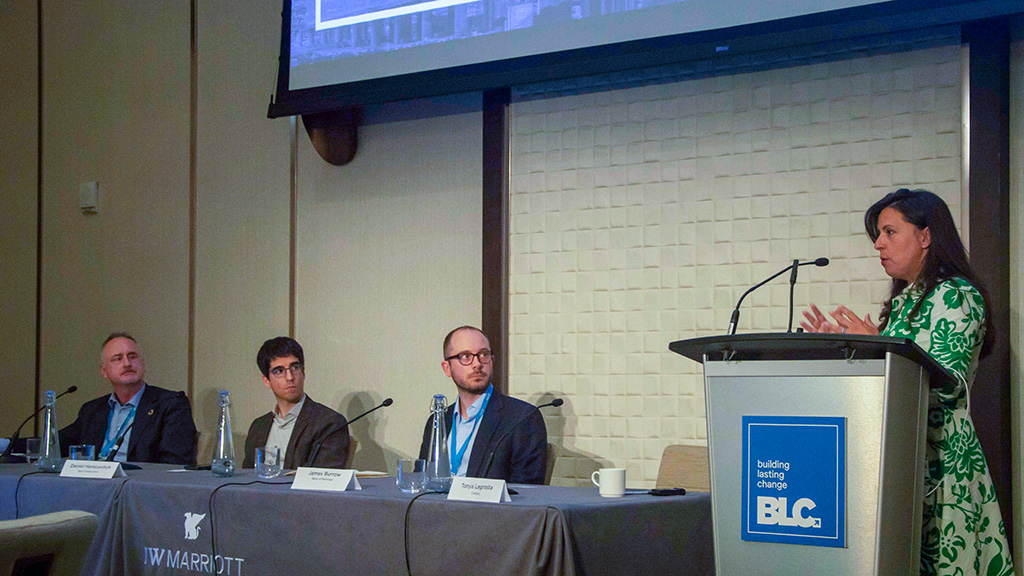
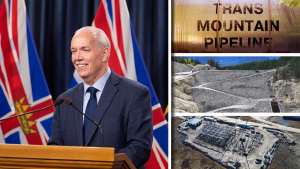
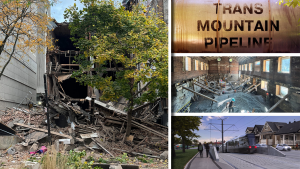
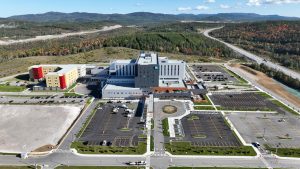



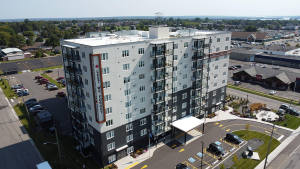

Recent Comments
comments for this post are closed